Elevating Short-Form Video Creation through Collaborative Scripting
The digital landscape has witnessed a surge in short-form video content on platforms like TikTok and Instagram Reels, making a lasting impact within...
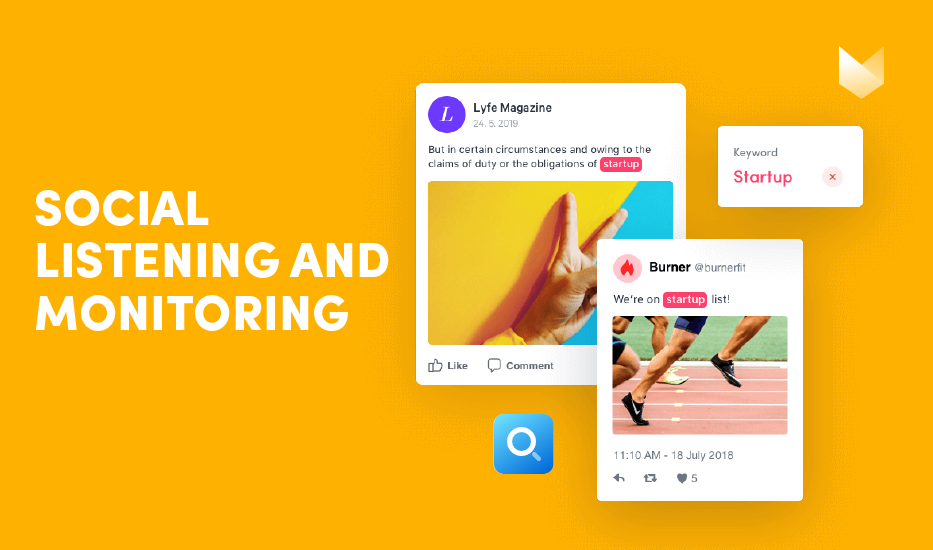
They say it’s good to talk, but it’s even better to listen. However, for brands, listening hasn’t always been easy, unless it involved having a direct one-to-one conversation with a customer. It meant that marketing methods were often trial and error, and building customer personas proved tricky too.
Nowhere is this more applicable than in the world of social media. With 3.5 billion users, it’s one of the largest environments to source new customers. But it’s easy to get drowned out in the noise with your marketing efforts if you don’t know what those potential customers are talking about.
Enter social listening and monitoring, which involves analyzing conversations and trends around your brand and the wider industry. Those listening sessions provide better insights into your audience, meaning you can build watertight strategies that ultimately boost your bottom line.
So how do you make the most out of social listening and monitoring in order to achieve success? That’s what we’re here to tell you with our guide to maximizing social listening and monitoring.
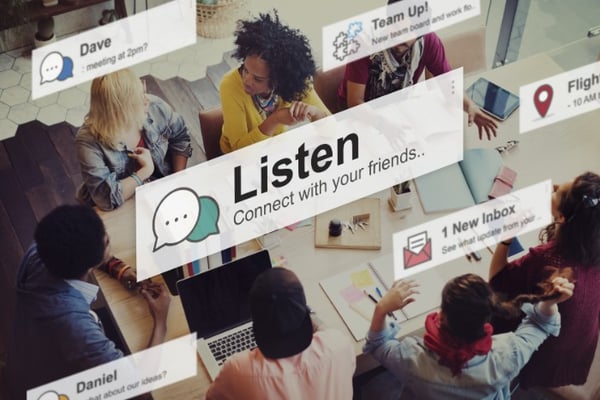
First of all, let’s separate the two. Monitoring tells you what audiences are thinking, and listening tells you why they’re thinking it. Combine the two, and you have a transparent overview of your audience’s mindset and can make more informed marketing decisions.
Social media monitoring works similar to search engines that send crawlers around the internet. Algorithms across social media networks crawl and index platforms, allowing you to find relevant information about your brand and the industry – even if you’re not tagged in a post.
For social media listening to be a success, you need a tool that analyzes online conversations about your brand, competitors, and anything else you believe is relevant to your business. Tools identify specific keywords that you choose when setting everything up.

Data insights lead the way for marketing companies these days. Businesses that use data-driven marketing are likely to be six times as profitable year-on-year. And social media listening and monitoring play a huge role in understanding the data.
Here’s how to boost your efforts.
It goes without saying that you need to have an idea of what you want to achieve before partaking in social media listening and monitoring exercises. Brands with a clear plan are more likely to succeed, and it’s no different with social media listening.
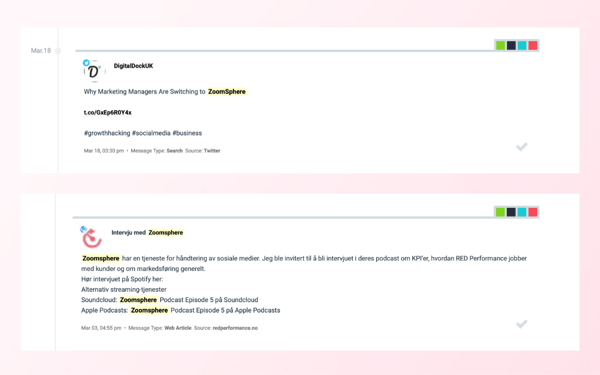
In ZoomSphere Social Media & Web Monitoring, you can easily set up keywords monitoring and watch all mentions, for example, of your brand. The results are coming from both social media platforms (even without mentioning you) and the web.
The majority of brands use social listening and monitoring for the following:
It’s best to start with one clear goal so that you don’t overwhelm yourself. You’re more likely to generate favorable results if you start with one aim, whether it be researching the market to understand your brand’s perception better or aiming to create new leads.
You’ll need a tool to listen to and monitor conversations across social media successfully, so it’s vital that you do the required research to find the most suitable option. There is always the possibility of building your own tech, but this can prove costly and is hard to update regularly.
Using a third-party tool is by far the most popular method, as you typically pay a subscription fee, which comes with regular updates. The tool plugs into your social media accounts and feeds all the essential data back to you.
Using Zoomsphere’s social media and web monitoring tool, marketers can define their strategies based on audience conversations. You can track social media comments and web mentions and make smart decisions based on your findings.
Select specific keywords that you think define your brand, and categorize the data you discover by source, content types, profiles and tags. Monitoring and listening to conversations about your business and industry allows for a complete overview of how your brand is perceived while providing invaluable market insights.
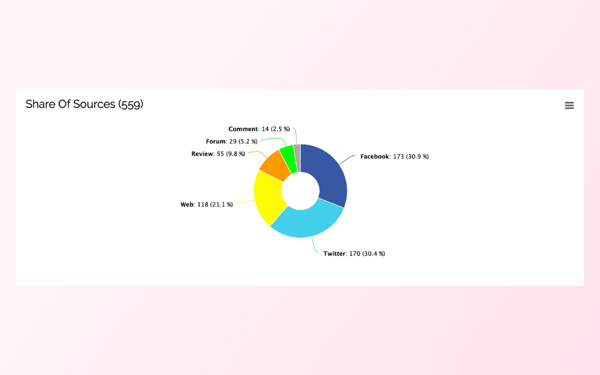
Besides showing you all results from the monitoring, ZoomSphere prepares you full statistics putting the data into the context.
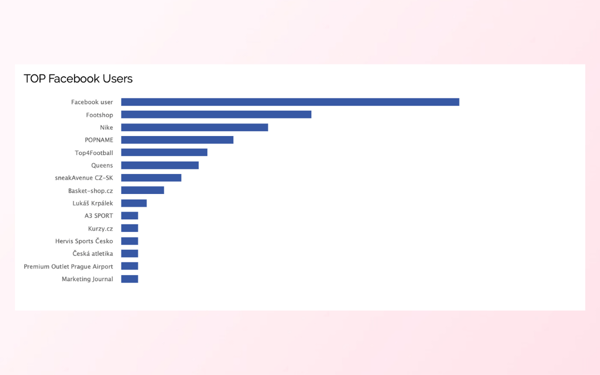
It can be tempting to plug in your social listening tool and look through every social network at once. But much like setting goals, it’s worth focusing on one or two social platforms, to begin with. Otherwise, you can easily become overwhelmed, with the data not making much sense.
Whether it’s Twitter, Instagram, Facebook, YouTube, Reddit, TikTok, or Pinterest, focus on a couple of key options and use them to discover your audience conversations. Once you’ve chosen your social media networks, you can start building topics.
Now that you’ve decided on a social media listening tool, it’s time to build your topics. Remember when you were setting goals at the start? Now is the time to put them into action. Use the social media listening tool to craft results based on your chosen goals.
Are you looking for keywords in your industry? Would you like to discover hashtags? Or are you looking for specific mentions? Choose the most important factors and add additional parameters that you might deem necessary.
As the data trickles in, you’ll want to start making sense of it. Measure the results in relation to your goals, pairing your data with social media analytics. Some analytics worth keeping an eye out for include:
Brands will have varying reasons for social media listening, so you really want to keep in line with what you set out to do in the first place. If, for example, new leads were a key requirement, you’ll be interested in looking at metrics like profile visits and clicks. Then measure those up with the conversations seen by followers who are clicking on your profile.

Use the data you source and turn it into tangible marketing insights that help move your brand forward. This might be in the form of a particular piece of content that you think will be successful based on your findings or an entire campaign.
You should garner enough insights that provide you with confidence to create content around the results. Also, ensure that you get involved with conversations on social media. It’s one thing creating engaging content; it’s another to do that while communicating with your audience.
It’s also important that you continue to refine and reshape your social listening goals, moving on to other social media networks once you’re comfortable using the tools. Do this, and you’re well on your way to maximizing your social listening and monitoring across social media.
The digital landscape has witnessed a surge in short-form video content on platforms like TikTok and Instagram Reels, making a lasting impact within...
In the dynamic world of social media marketing, the relationship between agencies and clients thrives on a foundation of transparency. It’s a conduit...
Digital marketing has grown 30% faster than other sectors of marketing (according to Social Media College). If you’re wondering why that is, I blame...